Compost forms a circulatory system where organic waste is broken naturally by microorganisms (fungi and bacteria) and larger organisms like worms. In other words, it is a process where organic materials, such as food residue and garden waste, is converted to soil. As you might already be aware of, composting is an excellent way to handle household waste and garden waste.
And the best thing of all?
You are also able to produce your own soil at the same time. In addition to that, it will help you to reduce the amount of trash that you are sending to landfills. And, dependent on the waste solution in the area you live in, it can also save you a couple of bucks every month.
Composting at home can be seen as a great investment for both your wallet and the environment.
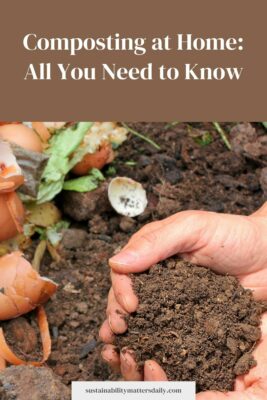
Table of Contents
- How to choose your outdoor compost bin
- Some tips and tricks
- My own home composting
- Let us start in the kitchen. This is where I bought this small green bucket that is smell proof:
- Products you have to purchase to get started with home composting
- Why is home composting environmentally friendly?
- Conclusion
How to choose your outdoor compost bin
Choosing a great bin is probably the most important thing to consider when you start composting at home. The second most important thing is finding a perfect location. But let us get back to that topic later in this article. There are several things you need to consider before buying a compost bin.
Indoor or outdoor?
First of all: you need to decide whether or not you would buy an indoor or outdoor compost bin. Frankly, outdoor is the best option. The very best option. There are some companies making “indoor compost bins”, but they are not designed to last very long. Or to store the food waste long enough in order to make it into the soil.
That being said, you would need to have a small container in your kitchen that you can use as an “intermediate station”. This is where you can ask all your family members to put their food waste before you take it out to the backyard.
What type of food waste will you compost?
Secondly, now that you have understood that you need some outdoor space to start composting at home, you are ready to look at different bins. If you intend to compost animal food (leftovers from your chicken or beef dinner), you need a compost bin that is really isolated. That will also make you able to compost in the winter. You also have to think about the threat from animals.
Try to buy something that will keep rats and mice away. Or whatever wild animals that exist in the area you live.
Size matters
Assume that a family of four produces about 12 liters of compostable household waste per week. In that case, the compost bin should have a capacity of around 200-400 liters. You also have to remember that a big part of a compost pile is the heating process. So a very big compost pile will not be as warm as a slightly smaller one, which can slow down or stop the process.
I personally had to invest in a fairly big one as my family produces quite a lot of food waste, and you can see pictures at the end of the article.
Some tips and tricks
You should place the compost bin in an area where it is protected against wind and heavy snow. And of course, you would have to store it on your lawn or some other soil. Your balcony is not a very good spot.
Before you put in any food waste, you should cover the bottom of the bin with branches and twigs. This makes it easier for some air to enter below. That is crucial in order to make the process happening as soon as possible. On top of the twigs, it would be nice if you have some other garden waste (flowers, grass, etc.) to put on top of that. And then you can start to fill the compost bin with actual compost/food waste.
You should also work on creating routines. For instance, you should not leave the trash in your kitchen for more than a week. So make a plan to empty the “kitchen compost bin” every single Sunday.
Useful things to know about home composting
In all types of composting, the decomposition process is much faster if the raw material is chopped into small pieces. In other words: try not to put a whole fish into the big composter bin in your backyard. That will take “ages” to process.
Degradation has the best conditions when the temperature is between 35 and 55 degrees. The most optimal temperature range is between 40 and 55 degrees.
Also, remember that access to air is 100 % needed in order to create a well-functional composting process. You really have to have that in mind.
My own home composting
Let us start in the kitchen. This is where I bought this small green bucket that is smell proof:
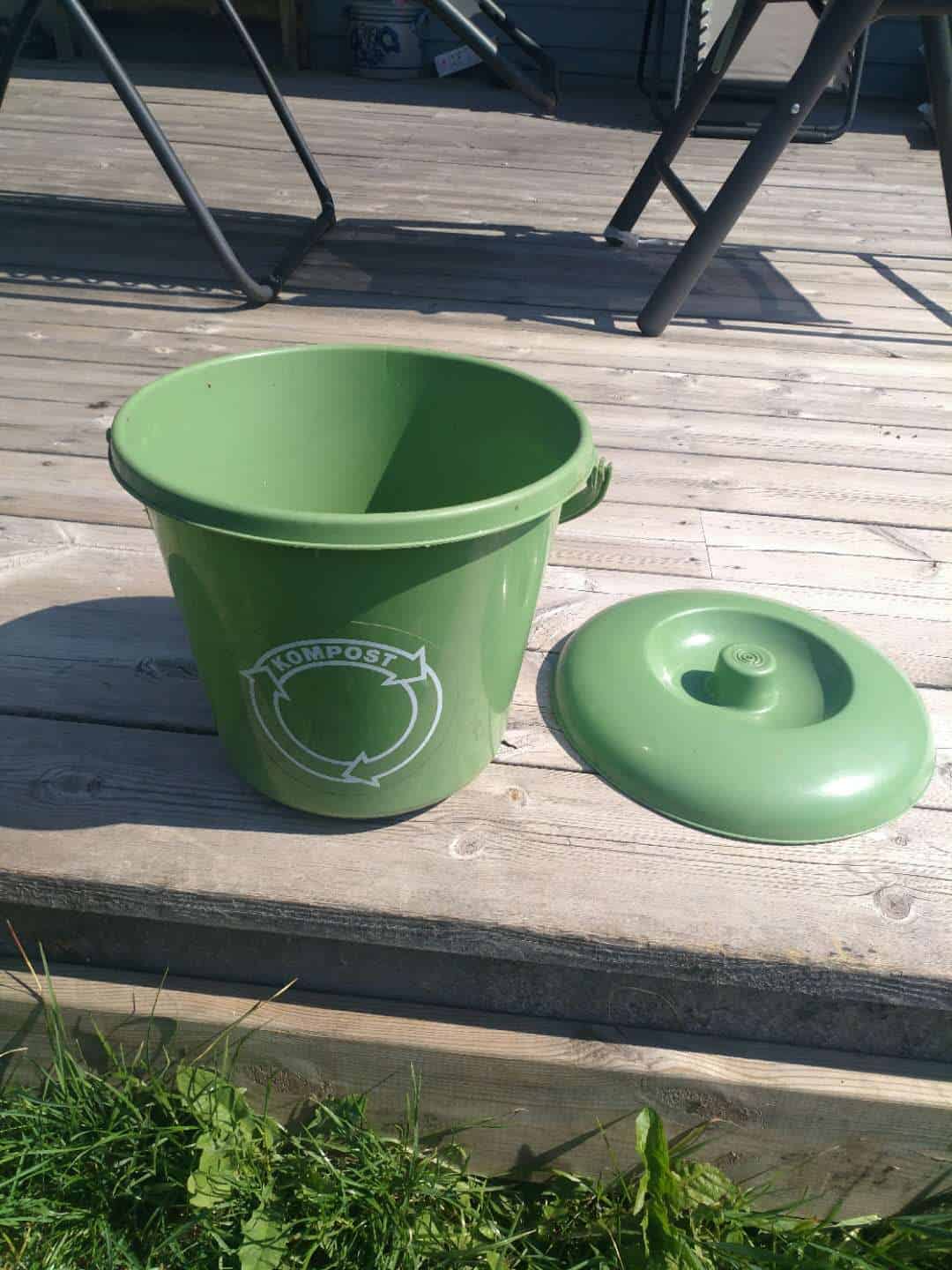
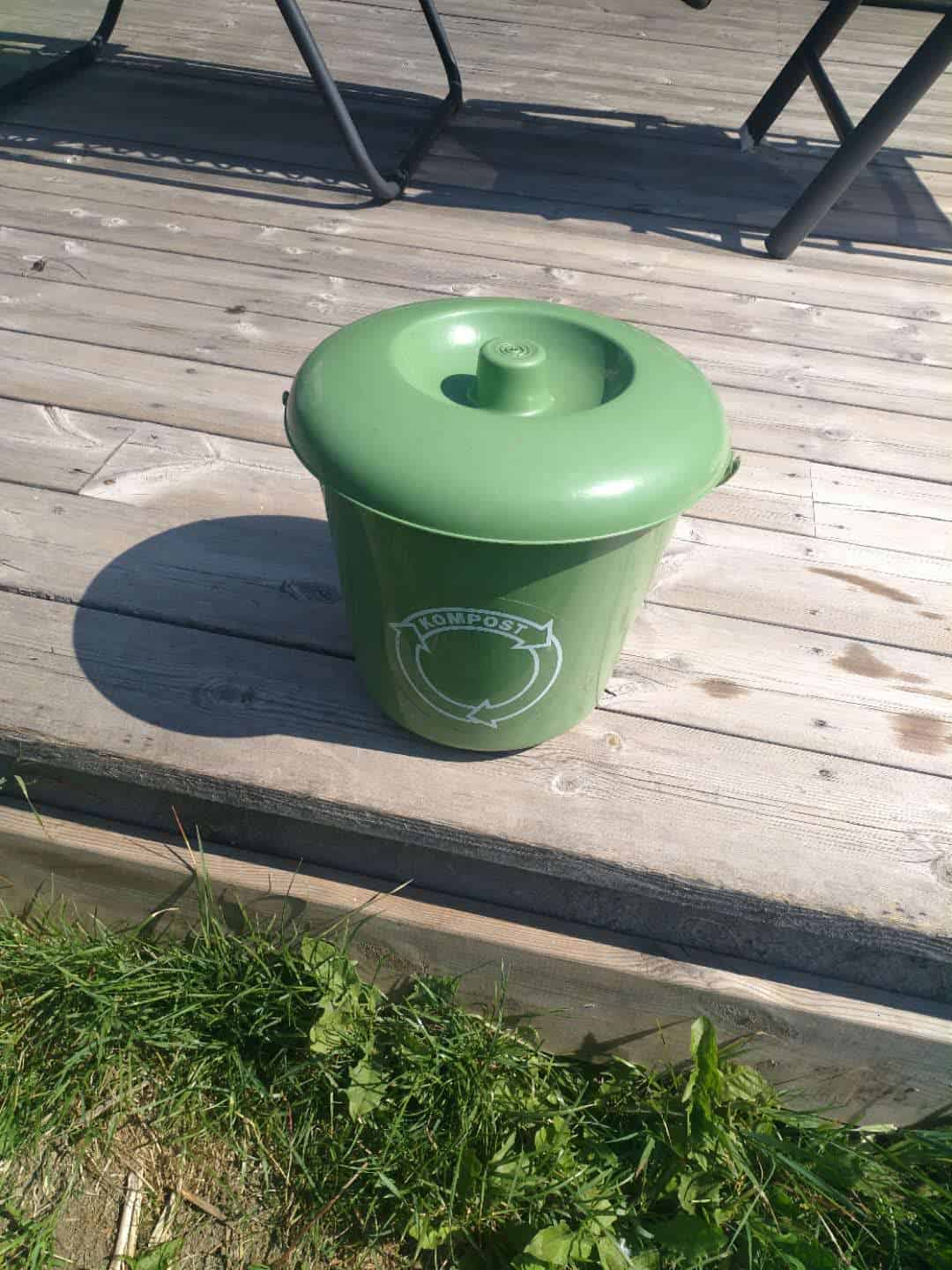
I actually took the bucket out to the garden in order to get a decent photo of it. Usually it is placed in the kitchen very close to the sink and “general” trash can.
And this is where we store any kinds of food waste. As a family, we have gotten much better at reducing food waste in general. There are loads of things that can help, but buying a microwave (and then re-heat the dinner from yesterday), plan before you go to the grocery store and store fruit & vegetables in a good way are some things you should do immediately. Anyway, this is not about that.
So you should buy one of these and put them close to the kitchen sink. However, always remember to put the lock on. It will only take a couple of hours with an open lock and suddenly you got a lot of bugs and flies surrounding the bucket. And those bugs will not be gone the second you put the lock back on. It will take days or weeks, dependent on the situation.
My compost bin
This is how it looks like:
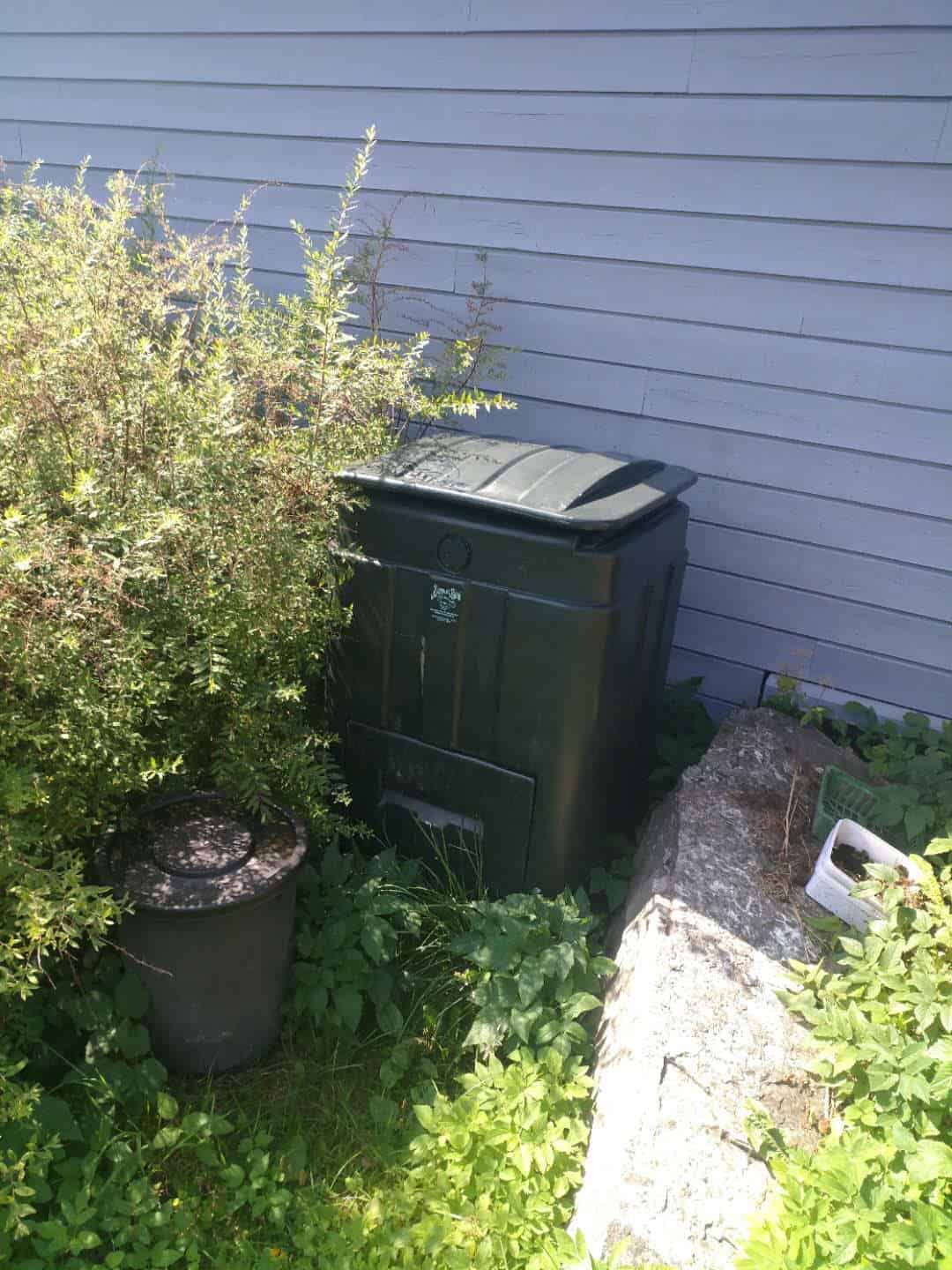
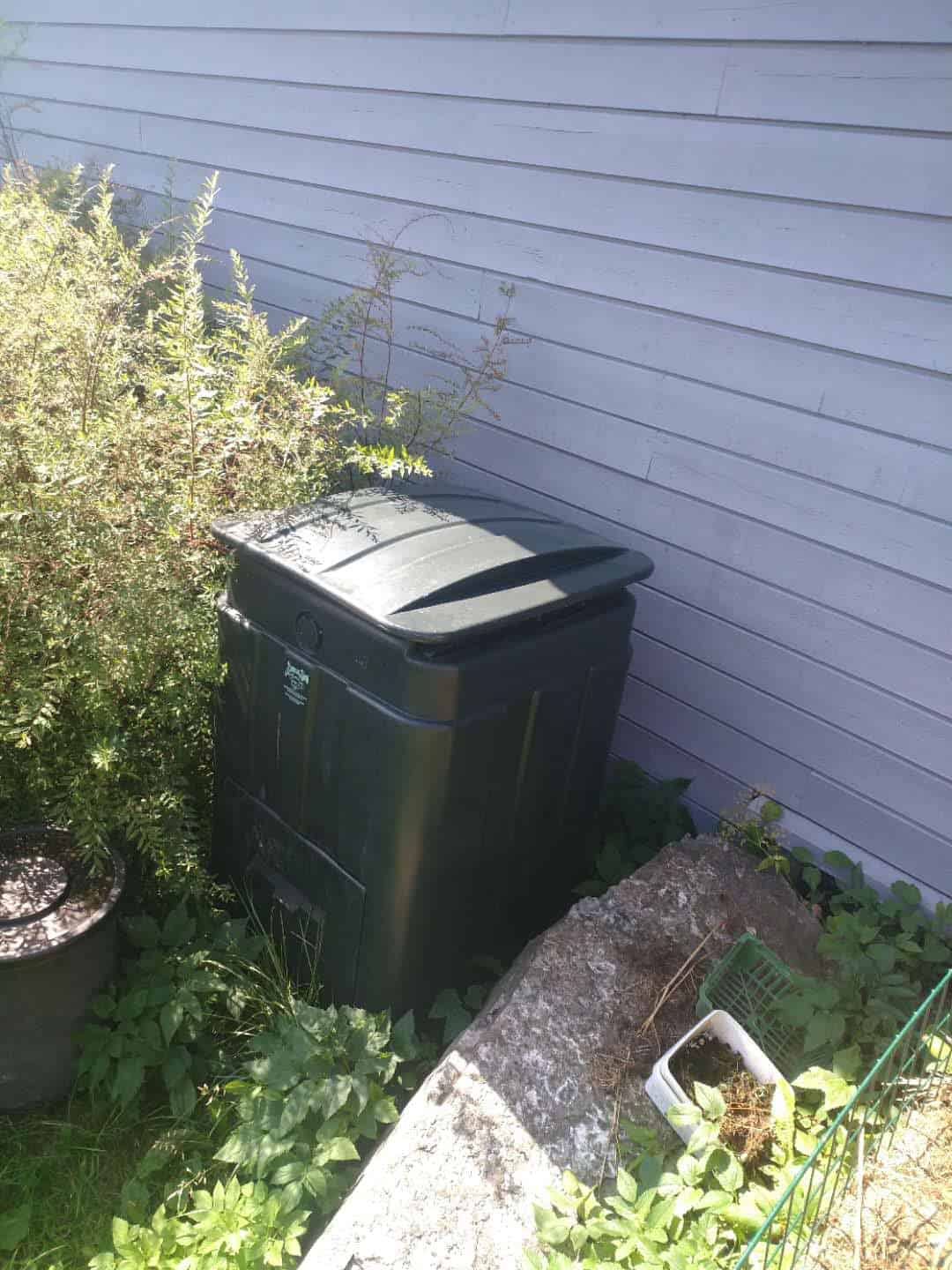
As you can see, I placed it in an area that gets a lot of sun. However, it is not exposed for the sun all day. I was a bit worried in the beginning, trying to look around online on whether or not people would think it would be suitable. And I have to say that it was a smart decision to put it close to some bushes and in 50-60 % sunlight.
Products you have to purchase to get started with home composting
So you are tempted? Good! You should be. Composting at home is an investment for your home and for the environment (I will get back to the environmental aspect later).
As you already might have understood, you need two types of products.
The bucket on the kitchen
As long as you can find something that:
1) will hold your food waste for a certain amount of time (a week?) and
2) does not smell,
you can more or less choose any product. It might be a bit naïve of myself to buy something made out of plastic. It was rather cheap, but I know that I really should try to limit the number of plastic products in my home. However, it does the job. And so will this one:
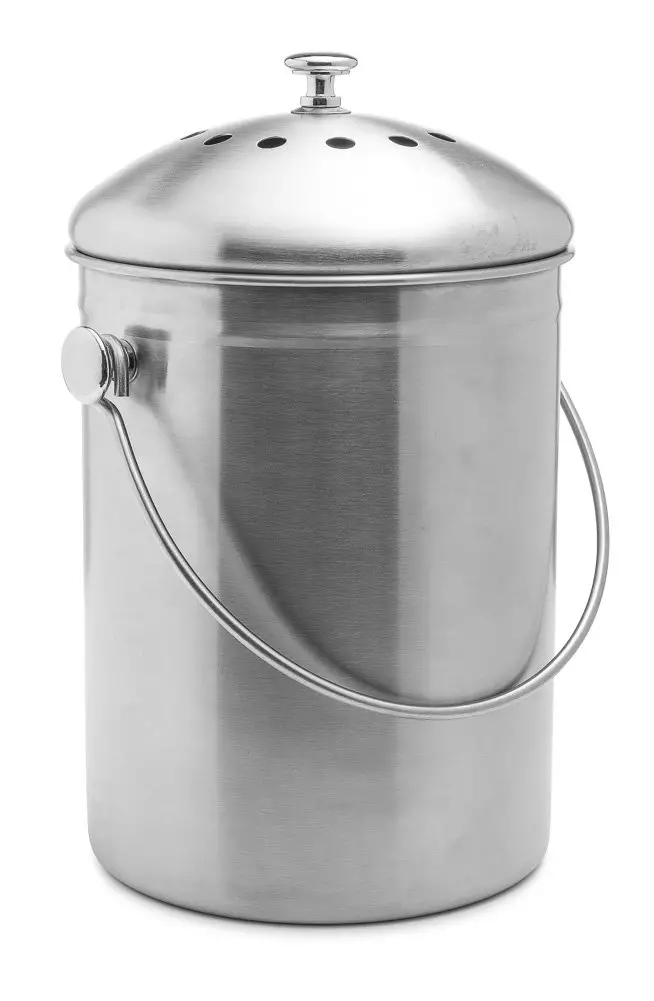
It is just called “Top Rated Stainless Steel Compost Bin” and I guess that says it all. According to Amazons website, it got a lot of great features that you would like.
Made out of steel, this compost bin is quite a good choice. Rather affordable, pretty and convenient. I believe the best thing with this “bucket” is the fact that it will probably last a lifetime. If you already start to consider composting at home, you will probably do it for a very long time. It is close to being addictive. 🙂
Right now it costs about 25 USD, which I think is a very fair price for such a product that will last many years. You can check the latest price on Amazon here. Again, I would also highlight that I have stopped buying home gardening tools on Amazon and started to buy them on Hoss. I figured out that Hosstools.com offers products of better quality – and they have quite affordable products as well.
The compost bin in the garden
This is, by far, the most important product when you want to start home composting. I guess you figured that out already. Being honest, I actually bought one from one of the local shops that sell a lot of gardening products. Not because I don’t like ordering things online. Because I do. I just had a lot of cash from a birthday party laying in my bedroom and wanted to use them to buy it.
However, I did a fair share of research before I bought my compost bin. That means I am able to advise you to buy the right one. Or at least point you in the right direction.
I combined my own knowledge with Amazon reviews and product description when I will “recommend” this product:
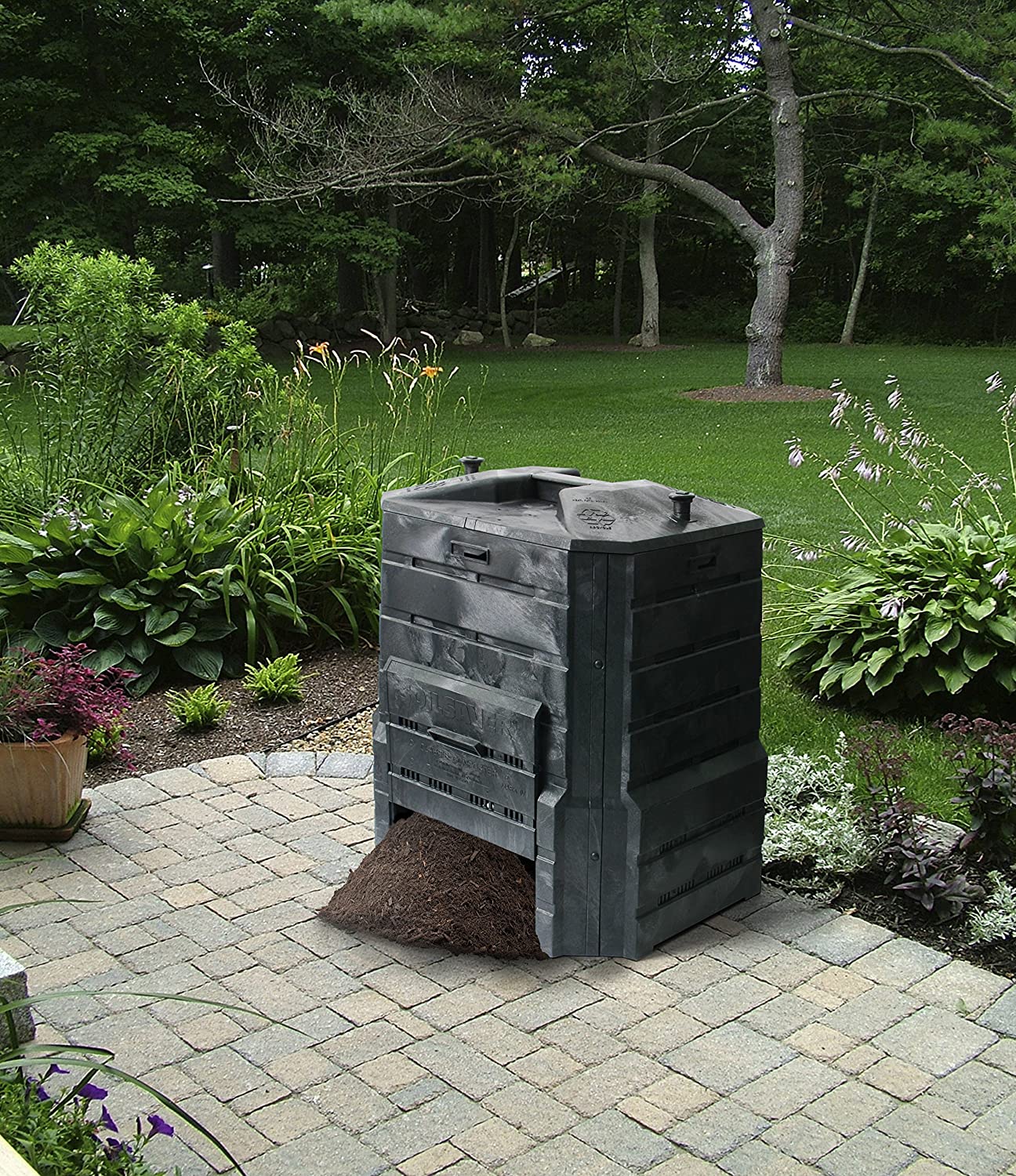
Algreen`s “Saver Classic Compost” seems to be a bestseller on Amazon, which is very often a sign that you will get value for money. The bin itself is made out of 100 % organic, eco-friendly material. And it promises to turn your food waste into the soil in between 6 and 8 weeks.
You can check it out on Hoss here. They got quite a good “review section” where you can read honest reviews from people all over the world. It really helps me a lot when I purchase stuff online. If I had not bought mine in a physical store, I would definitely have ordered this one.
Why is home composting environmentally friendly?
The main reason for why you should compost is because the waste does not end up in landfills. Not contributing to these landfills is an excellent way of positively contributing to the environment. EPA.gov is a good and resourceful site about various environmental issues. In one article, it is written that 38 million tons of food ended up in landfills in USA in 2014 alone. You might try to wrap your head around that number – 38 million tons. But it is hard.
And the article also states that only 5.1 % of the total food waste in USA are being “saved” by private composting activities. We need to increase that number together.
One thing is the actual food waste that ends up in the landfill. Another pollution factor is the transport. Transporting waste is something that actually leaves quite a huge environmental footprint. Moving your old bananas and apples ten meters from your kitchen to your backyard is a better option than some truck driving it to the closest landfill.
One of the best sources to find out about environmental benefits (and disadvantages) of home composting is this article from United Nations Environment Programme. In order to not make you read through a lot of non-useful words, I will give you a summary of what it tells us.
Environmental advantages of composting at home
– Returning the nutrients directly to the soil.
– No need to use artificial fertilizers if you use that soil to grow vegetables.
– As the alternative for most food waste is to end up at landfills, the whole process is already much more eco-friendly.
Environmental disadvantages of composting at home
– You would have to buy the containers. Of course, you can try to avoid buying anything plastic (unlike myself).
– Decomposition will release small fractions of carbon dioxide into the atmosphere.
That is it.
Conclusion
Starting composting my food waste at home was something that I haven’t regret for a second. A lot of people in this world are lazy, me included. And I was therefore a bit worried that starting this whole process would require a lot of extra work every week. But it turned out that it didn’t at all. Once you got the right routines, you will have no problem at all to empty the food trash into the compost bin.
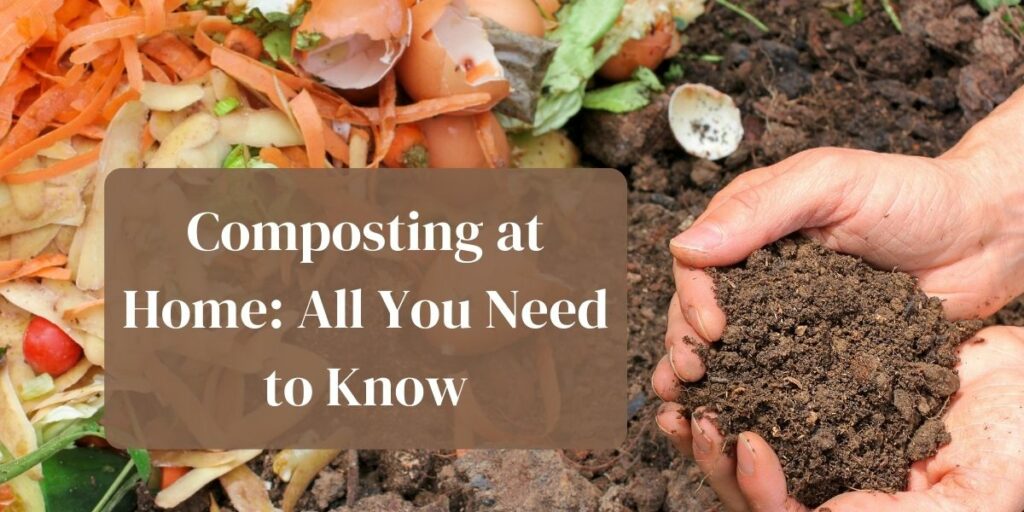
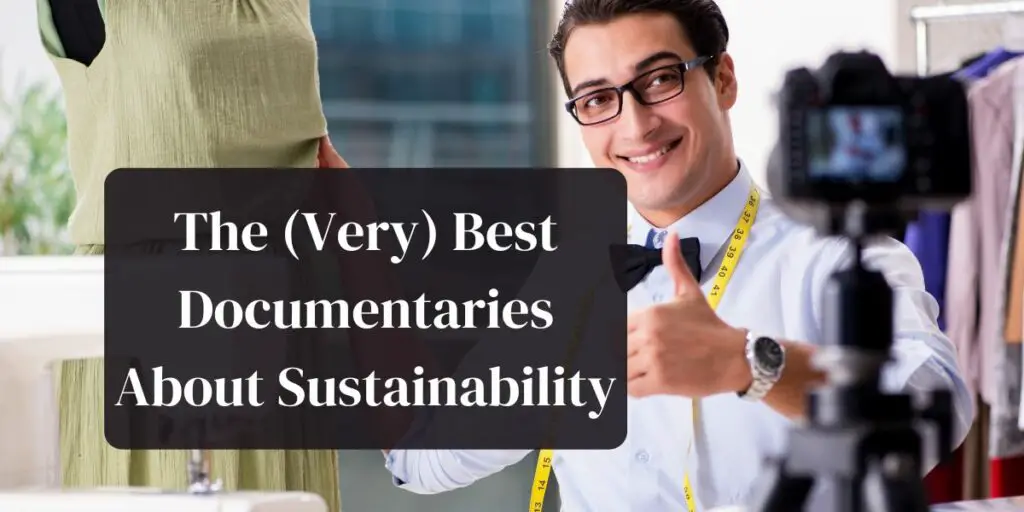
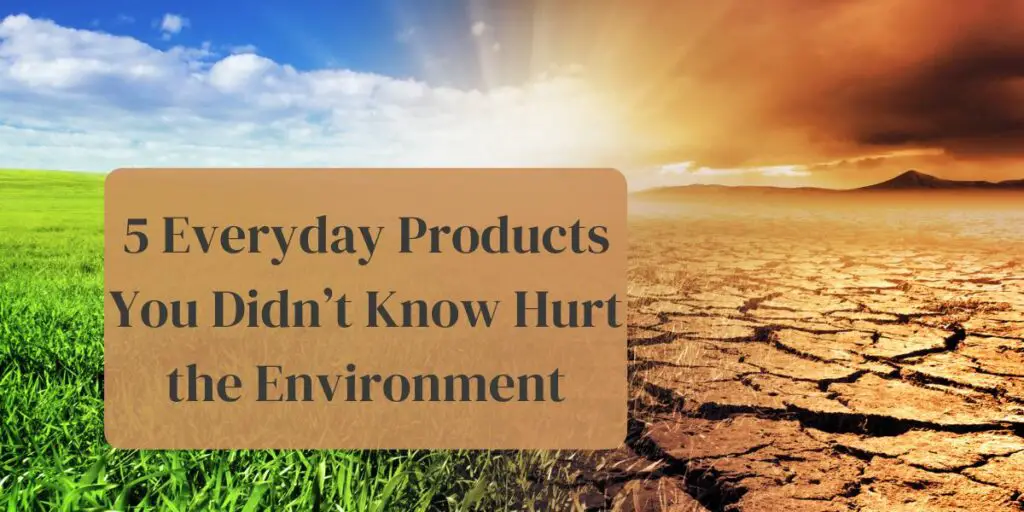
Thanks, and great that you end the article by saying how much composting helps the environment. Brilliant tips.
I will probably try to buy a compost bin in my backyard soon. Problem is that I am conflicted on whether or not I should tell my neighbors about it or just simply go for it. We have sort of a “shared backgarden”, but with my own area…anyway, I will simply do it because I want to save the earth. And if I can get some great soil out of it that can be used to make a vegetable garden: thumbs up.
Hi Ulrik, I understand your situation. If you live in an urban area, it might be tough to find space to do “DIY composting” at home.
However, if there is a will, there is a way! 🙂
As a rule of thumb, I would always advice people to notify their neighbors if they need to use shared space for such activities.